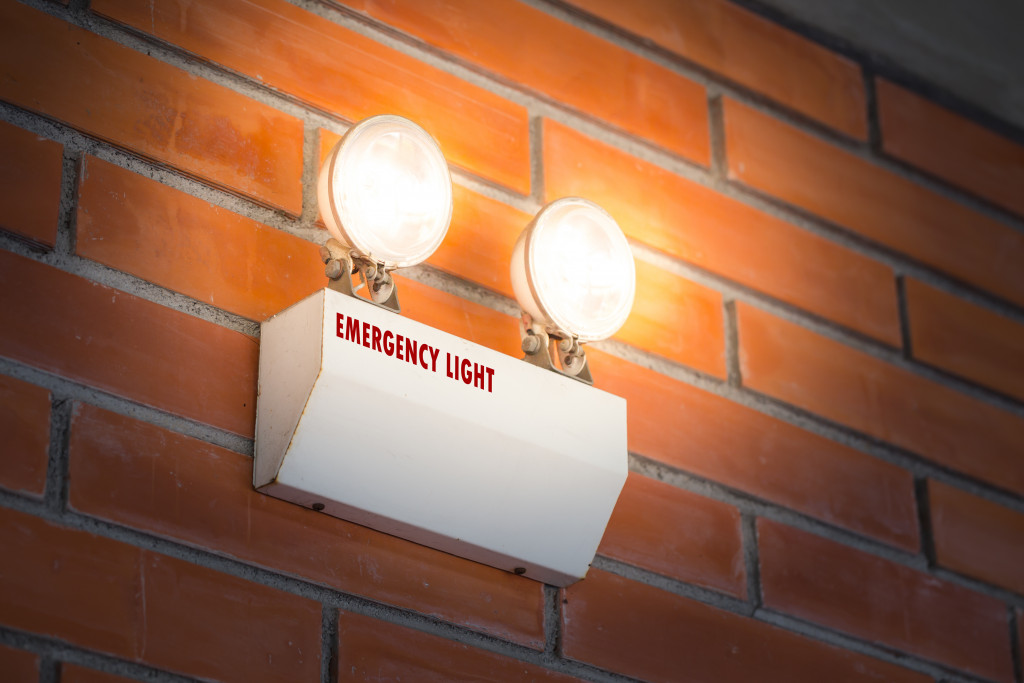A power outage is scary for any business. It can cost you thousands of dollars in lost revenue, not to mention the time and effort it takes to get everything back up and running again. But how much does an average power outage actually cost?
The Direct and Indirect Business Costs of a Power Outage
On average, a single hour of a power outage can cost your company $3,000-$5,000 in revenue. This price tag balloons if you have multiple hours or days without electricity. Overall, the United States loses around $150 billion each year.
The longer the shutdown lasts, the more expensive it becomes. This may stem from lost revenue from missed sales and money spent on new products that need to be delivered before customers realize they won’t be getting their usual deliveries for some time.
The costs of a prolonged power outage may be much higher than the short-term cost. For example, when a hospital goes dark, the immediate cost might be relatively small because it could continue to operate on its emergency generator for several days or longer.
However, if there was no electricity available in the long term, patients would leave and revenues would plummet. A business’s recovery can also cost substantially more than the initial outage.
According to one rough estimate cited by Electricity Supply Association (ESA), by the time the lights come back on following a power failure, businesses spend an average of $3 million in lost sales and operating expenses. Considering that U.S. companies lose $65 billion each year due to electricity outages and blackouts, according to ESA, it is clear that the total cost can be enormous.
The indirect costs of a power outage are often forgotten or overlooked when conducting business interruption studies. These hidden costs include:
- Loss of goodwill and sales due to customer dissatisfaction with business interruption
- Costs associated with obtaining emergency operating funds
- Costs associated with acquiring backup generators
Electricity supply contracts that may not adequately cover all possible situations resulting from an outage (e.g., maintenance reserves) - Possible liability costs arising from property damage or injuries incurred during a blackout
- Emergency response expenses for personnel, equipment, and transportation
- Lost tax revenue if local governments must declare a state of emergency because their facilities went down in conjunction with those of other organizations
- Public relations damage caused by the public’s perception of an organization following a blackout
Businesses should weigh these costs against any financial gain from rescheduling deliveries or business meetings to minimize lost revenues.
How to Prepare for the Worst
To understand the cost of a blackout, you must also consider its duration. When an outage occurs, managers should first determine if it is likely to be resolved within three hours or will last for more than four hours. The solution varies dramatically between these two possibilities.
Power failures lasting several hours are fortunately rare occurrences, but they do happen from time to time by accident or through the effects of severe weather conditions like hurricanes and ice storms.
Smaller businesses may have difficulty surviving a few hours without electricity because most rely on computers and other electronic equipment that require a steady supply of electricity to keep running. Furthermore, personal employees in such firms often work from home at least part-time, so when office space goes dark, they might as well.
However, if an outage is expected to last for three hours or more, you can take certain actions that will help limit damage and speed up recovery. The following are vital steps every company should consider in the event of a prolonged loss of power:
- Communicate with customers—Before going dark, make sure your employees know what is happening so they can prepare their customers (and vice versa).
- Have backup generators ready—A generator set rental will allow you to function at least minimally during a disruption. It can be more cost-effective than buying a generator since blackouts, fortunately, don’t occur frequently. Renting spares you from maintenance and a potentially large capital outlay. Another option is to purchase electricity from another party through what’s called “demand response.” If the price goes up too high due to an excess in demand, the energy company will automatically shut off your lights for a short time until pricing levels out.

- Organize a response team—Make sure you choose employees who are capable of keeping things running while also minimizing stress and confusion.
- Identify essential functions—You must identify what is most important to do during a power outage to allocate resources properly. Consider what aspects of your business could continue if electricity was not available and prioritize accordingly.
- Plan for additional communications—Make sure your organization has an out-of-office procedure in place should it lose access to email servers due to a power outage. You may also want to consider having backup phone lines installed so you can use cell phones or landline phones that operate off battery backups or even satellite phones.
In summary, getting prepared for a power outage is one of the best things you can do to make sure your business doesn’t suffer from lost revenues and higher costs. It’s also one of the easiest ways to protect shareholders. Rather than dealing with these issues after they arise, it’s wise to pay attention to how susceptible your organization is to power losses and use this information to take appropriate actions that will minimize their impact on your bottom line.
